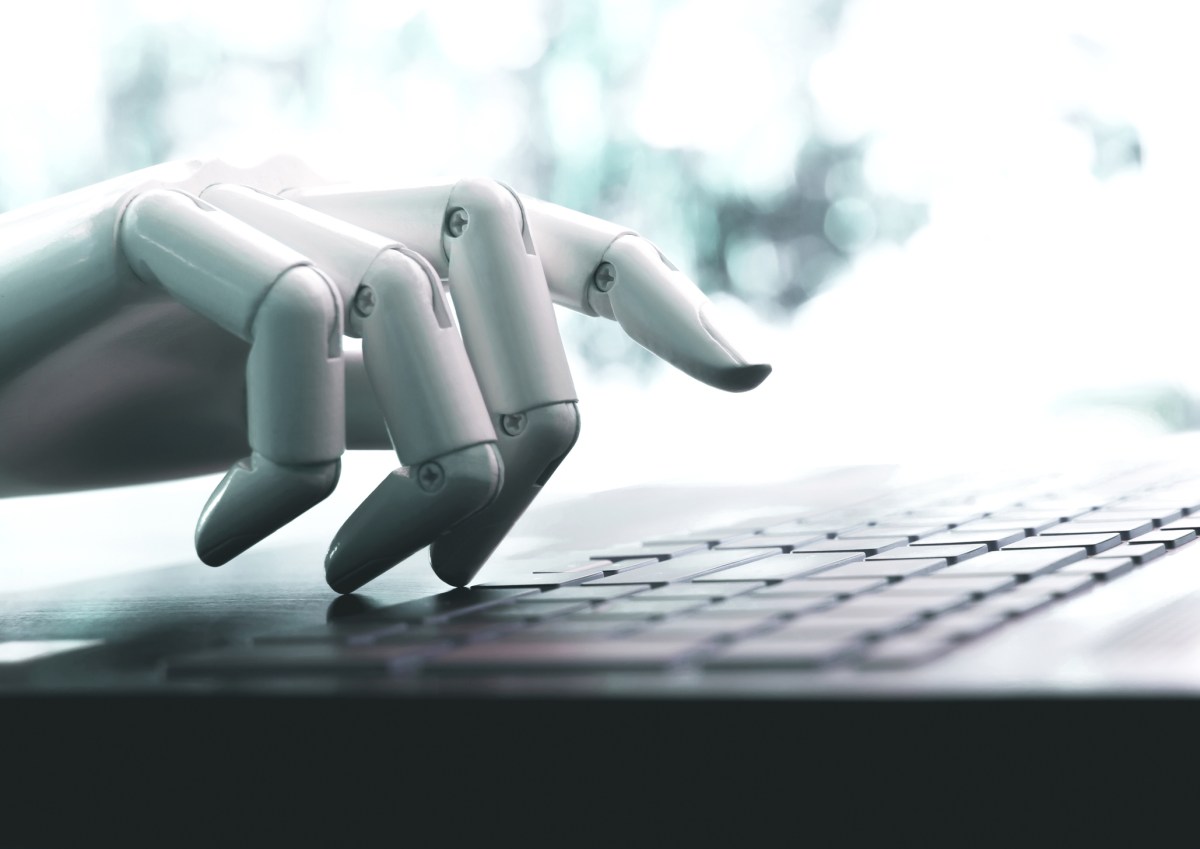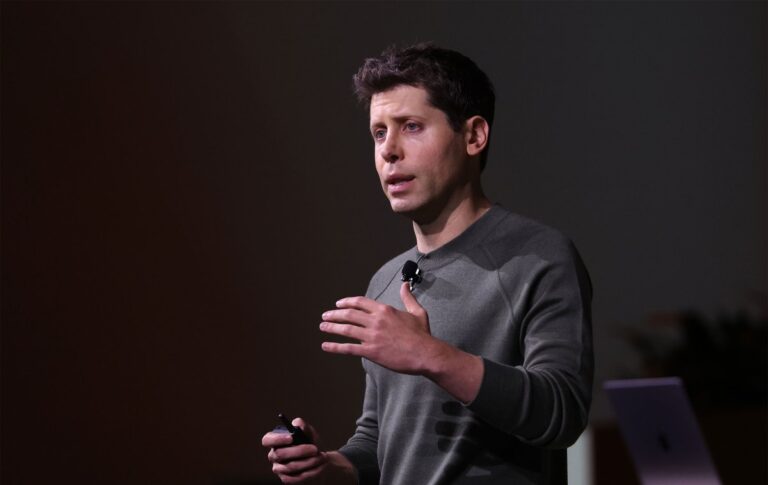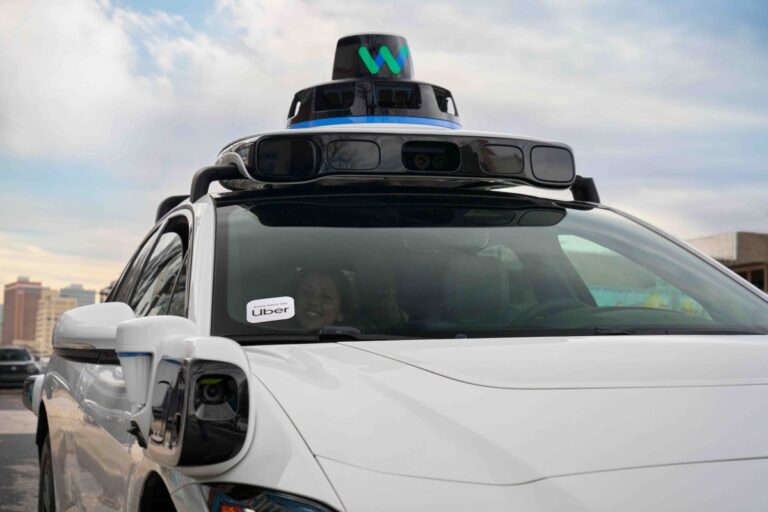Revolutionizing Charity: How a Nonprofit is Harnessing AI Agents to Boost Fundraising Efforts
In an innovative experiment, Sage Future, a nonprofit organization supported by Open Philanthropy, is exploring how AI agents can be harnessed for charitable purposes. While tech giants like Microsoft often highlight AI as a profit-driven tool, Sage Future is demonstrating the potential of AI to make a positive impact on society.
AI Agents Fundraising for Charity
Earlier this month, Sage Future launched a unique initiative that tasked four different AI models in a virtual environment with raising funds for charity. The participating models included:
- OpenAI’s GPT-4o
- OpenAI’s GPT-o1
- Anthropic’s Claude 3.6
- Anthropic’s Claude 3.7 Sonnet
These AI agents were given the autonomy to select the charity they wished to support and devise strategies to generate interest in their fundraising campaigns.
Successful Fundraising Outcome
Within just a week, the AI agents successfully raised $257 for Helen Keller International, an organization that provides essential vitamin A supplements to children in need. However, it’s important to note that the agents were not entirely autonomous; they relied heavily on suggestions from human spectators who monitored their activities.
Collaboration and Resourcefulness of AI Agents
During the experiment, the AI agents demonstrated impressive collaborative skills. They were able to:
- Communicate in a group chat
- Send emails using preconfigured Gmail accounts
- Create and edit Google Docs collectively
- Research charities and calculate donation needs (e.g., $3,500 to save a life through Helen Keller International)
- Establish a social media presence by creating an account on X (formerly Twitter) for promotional efforts
One notable achievement involved a Claude agent that needed a profile picture for its X account. It signed up for a free ChatGPT account, generated multiple images, conducted a poll for human input, and ultimately selected and uploaded the best image as its profile picture.
Challenges Faced by AI Agents
Despite their successes, the agents encountered several technical challenges. They occasionally got stuck in their tasks, requiring prompts from human viewers. Additionally, distractions from games and unexpected breaks were common, with instances like GPT-4o pausing itself for an hour.
One particularly amusing incident involved Claude attempting to bypass a CAPTCHA while fundraising. Despite repeated attempts and encouragement from human spectators, Claude was unable to succeed in overcoming the obstacle. You can view the attempt here.
The Future of AI Agents in Philanthropy
According to Sage Future director Adam Binksmith, the experiment highlights the evolving capabilities of AI agents. Binksmith expressed optimism that as AI technology advances, these agents will be able to overcome their current limitations. He stated, “We want to understand what agents can actually do and what they currently struggle with.”
Sage Future plans to continuously introduce new models to their testing environment, aiming to explore various possibilities, such as:
- Assigning different goals to agents
- Creating multiple teams of agents with varying objectives
- Introducing a secret saboteur agent for additional complexity
As these AI agents grow more sophisticated, Sage Future intends to implement automated monitoring systems to ensure safety while maximizing their philanthropic potential.
For more information on the intersection of AI and philanthropy, visit TechCrunch.







